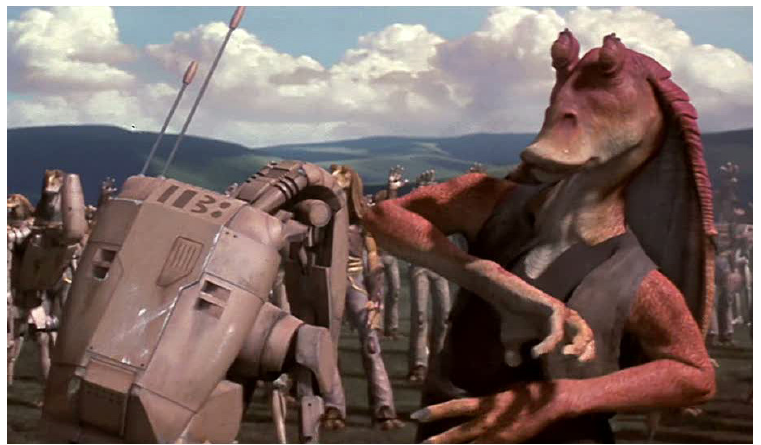Pro.ID21240 TitleGeorge Lucas and 1138 Title链接http://10.20.2.8/oj/exercise/problem?problem_id=21240 AC0 Submit0 Ratio- 时间&空间限制描述It's well known in Star Wars culture that George Lucas was preoccupied with the number 1138. THX 1138 is the title of his first movie, and--according to Wookieepedia: The Star Wars Wiki -- George Lucas liked to reuse key words and numbers in later films as a way of unifying all of his works.  If you're up on your Star Wars trivia, then you know that in Episode V a prisoner was transferred from cell block 1138. In Episode II, all clone troopers have the number 1138 prominently displayed on the back of their helmets. And if you type in 1138 while viewing the Episode III DVD, you immediately advance to the scene where Yoda does some break dancing. Less well known is the unpublished Episode Zero: The Birth of Death Kleene Star. The story begins with C3PO as a tween droid in school on his home planet of Tatooine, where he's been instructed to determine all of the ways one can combine the numbers 1, 1, 3, and 8 using traditional +, -, *, /, and () to generate other positive numbers. He's quick to observe that 8 / 3 / 1 - 1 generates 1, 3 / 8 + 1 + 1 generates 2, and that (8 / 3 + 1) * 1 generates 3. Within seconds, C3PO states that the smallest positive integer that can't be generated is 29. But is C3PO correct?
For the string "13555", the numbers 1 through 55 can be generated, but 56 can't be.
输入Expect a series of digit strings, one per line. End of input will be signaled by a 0 on its very own line. Do not process this case. 输出Description It's well known in Star Wars culture that George Lucas was preoccupied with the number 1138. THX 1138 is the title of his first movie, and--according to Wookieepedia: The Star Wars Wiki -- George Lucas liked to reuse key words and numbers in later films as a way of unifying all of his works.  If you're up on your Star Wars trivia, then you know that in Episode V a prisoner was transferred from cell block 1138. In Episode II, all clone troopers have the number 1138 prominently displayed on the back of their helmets. And if you type in 1138 while viewing the Episode III DVD, you immediately advance to the scene where Yoda does some break dancing. Less well known is the unpublished Episode Zero: The Birth of Death Kleene Star. The story begins with C3PO as a tween droid in school on his home planet of Tatooine, where he's been instructed to determine all of the ways one can combine the numbers 1, 1, 3, and 8 using traditional +, -, *, /, and () to generate other positive numbers. He's quick to observe that 8 / 3 / 1 - 1 generates 1, 3 / 8 + 1 + 1 generates 2, and that (8 / 3 + 1) * 1 generates 3. Within seconds, C3PO states that the smallest positive integer that can't be generated is 29. But is C3PO correct?
For the string "13555", the numbers 1 through 55 can be generated, but 56 can't be.
Input Expect a series of digit strings, one per line. End of input will be signaled by a 0 on its very own line. Do not process this case. Output You should produce one line of output to standard out for every line of input. Each line of output should be the smallest positive integer that *cannot* be generated by some arithmetic expression involving all of the digits. Sample Input 1138
12345
13555
167283
123458
4321678
0Sample Output 29
76
56
524
347
1774Source 样例输入1138
12345
13555
167283
123458
4321678
0样例输出29
76
56
524
347
1774作者 |